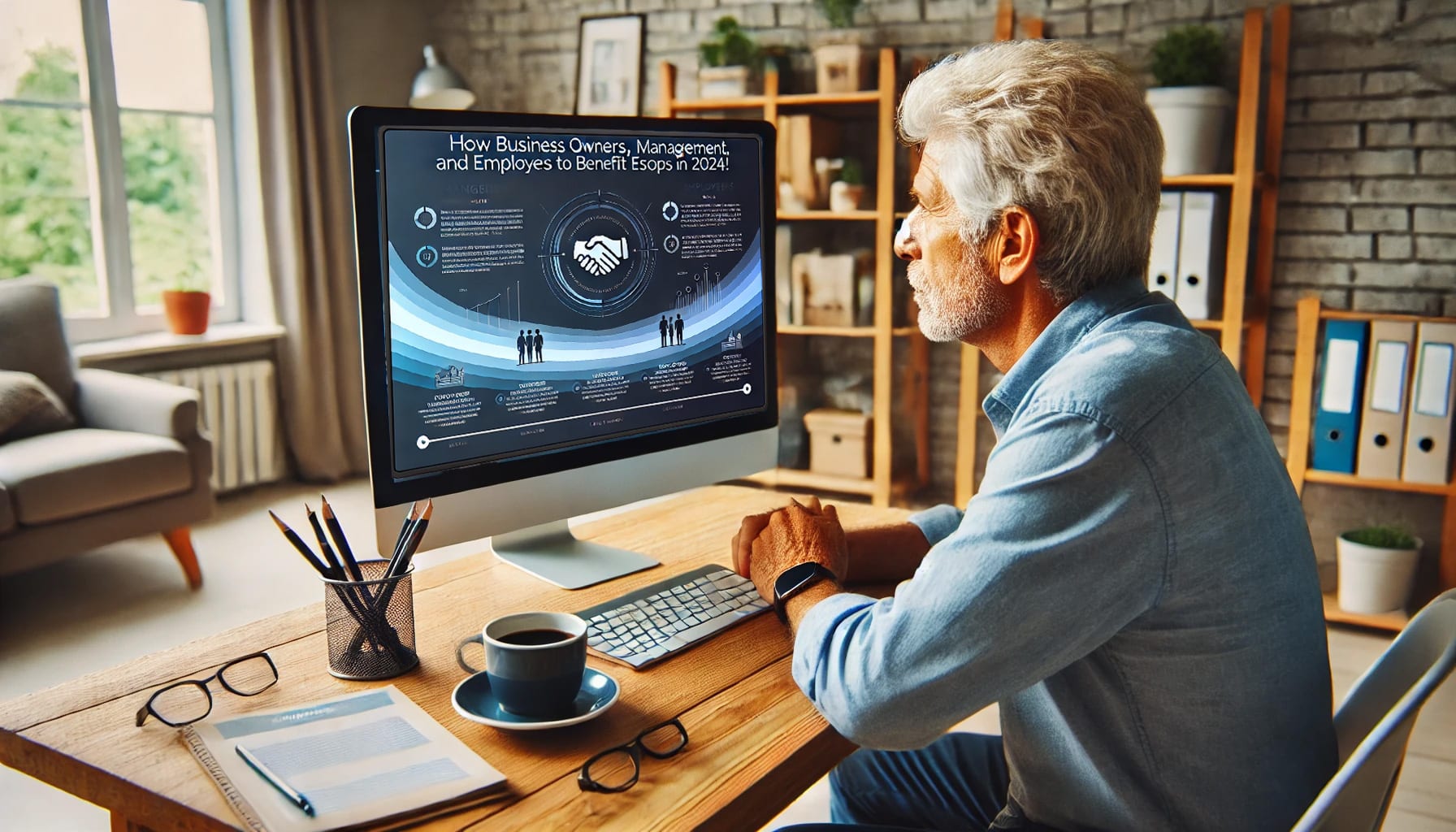In a powerful bipartisan moment for worker-ownership advocates, the U.S. Senate Health, Education, Labor & Pensions (HELP) Committee voted unanimously on July 31 to advance two major bills promoting and protecting Employee Stock Ownership Plans (ESOPs): the Retire Through Ownership Act (S. 2403) and the Employee Ownership Representation Act (S. 1728).
Together, these bills represent a historic shift in how the federal government regulates, supports, and legitimizes employee ownership as a cornerstone of retirement security and wealth building in the U.S.
If you missed our summary of last week’s hearing featuring testimony from King Arthur Baking, Acadian Companies, and Rutgers’ Dr. Joseph Blasi, read the full recap here →
What Just Happened? Two Bills, One Big Step for ESOPs
1. The Retire Through Ownership Act (S. 2403)
Sponsored by: Sen. Roger Marshall (R-KS) and Sen. Tim Kaine (D-VA)
This bill clarifies the “adequate consideration” standard for ESOP stock purchases under ERISA, providing a safe harbor for fiduciaries who rely in good faith on valuations prepared by independent experts in accordance with IRS Revenue Ruling 59-60.
This ends decades of regulatory uncertainty and legal exposure for ESOP trustees and sellers, which has long been a barrier to broader ESOP adoption.
“If [IRS 59-60] guidelines are followed, there would be a ‘safe harbor,’ and there cannot be a subsequent action.”
– Senator Tim Kaine, during committee remarks
2. The Employee Ownership Representation Act (S. 1728)
Sponsored by: Sen. Bill Cassidy (R-LA), with amendments by Sen. Maggie Hassan (D-NH)
This bill guarantees ESOP representation at the Department of Labor by:
Adding two seats for employee ownership experts to the ERISA Advisory Council
Establishing an Advocate for Employee Ownership within the DOL
Codifying and expanding the Employee Ownership Initiative, originally created by SECURE 2.0
Thanks to a critical amendment, the bill now applies to all ESOPs—S corps and C corps alike—correcting a major gap in the original language.
“With unanimous and bipartisan passage… Congress is sending a clear message that it’s time to end the anti-ESOP bias at the Department of Labor.”
– James Bonham, CEO, The ESOP Association
A Turning Point in the Fight for Employee Ownership
During the markup hearing, HELP Committee Chairman Sen. Bill Cassidy and Ranking Member Sen. Bernie Sanders stood united in their praise for the employee ownership model and The ESOP Association’s advocacy efforts.
Watch the 2-minute video clip here:
“These bills empower workers to have a stake in their company and build wealth for themselves and their families.”
– Chairman Cassidy
“Employee ownership is not just good economics—it’s good democracy.”
– Ranking Member Sanders
What Didn't Pass—But Could Be Next
One major proposal, the Employee Ownership Fairness Act, did not receive a vote. This bill would have allowed ESOP contributions to be treated separately from 401(k) contribution limits, potentially unlocking greater retirement savings for employee-owners. Committee members expressed support but noted that the legislation needs further refinement due to cost estimates.
Sen. Cassidy made it clear: “The bill’s not on today’s agenda, but we are working to refine the policy so it can appear on a markup in the near future.”
What's Next?
With HELP Committee approval, the Retire Through Ownership Act and Employee Ownership Representation Act will now proceed to the full Senate for consideration. Though a floor vote has not yet been scheduled, the strong bipartisan support increases the chances of successful passage.
Meanwhile, advocates—including The ESOP Association—are encouraging companies to invite legislators to visit ESOP workplaces during the August recess, underscoring how employee ownership transforms lives in every congressional district.
Why This Matters
14+ million workers currently participate in ESOPs.
Over 6,500 ESOPs across all 50 states hold nearly $2 trillion in assets.
These bills ensure that federal policy finally reflects the economic power and retirement stability ESOPs deliver to American workers.
Final Thoughts
This is a milestone moment—but not the finish line.
For decades, regulatory ambiguity has stifled the growth of employee ownership. With this unanimous vote, the Senate HELP Committee has not only recognized the power of ESOPs—it’s begun to reshape the federal framework that supports them.
Stay tuned as these bills move to the Senate floor. We’ll be tracking every step of the way.


 Phil DeDominicis is an ESOP strategist and M&A advisor who has guided 300+ companies through ESOP formations, financing, and transactions over 20+ years at Menke & Associates. He specializes in selling ESOP‑owned businesses to financial or strategic buyers and in helping ESOP companies acquire other businesses.
Phil DeDominicis is an ESOP strategist and M&A advisor who has guided 300+ companies through ESOP formations, financing, and transactions over 20+ years at Menke & Associates. He specializes in selling ESOP‑owned businesses to financial or strategic buyers and in helping ESOP companies acquire other businesses.




